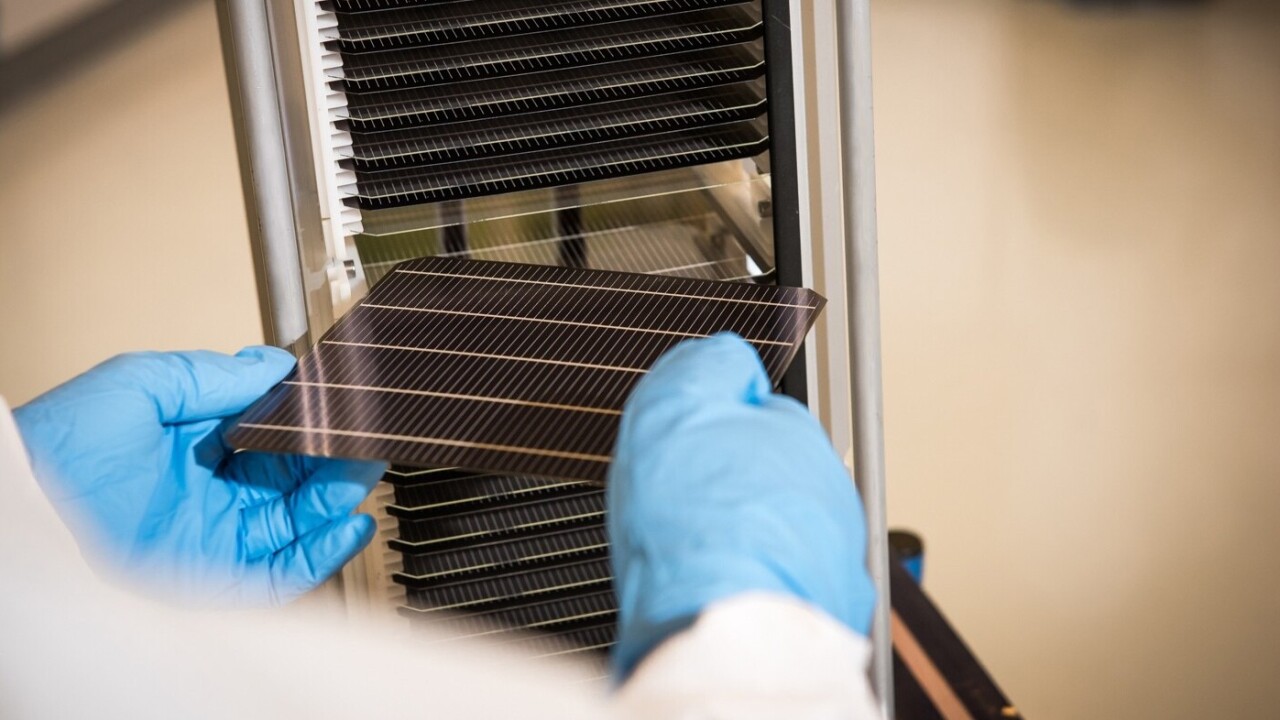
Oxford PV has built the most efficient solar panel ever made. The solar cell can convert 25% of the sun’s energy it receives into electricity, compared to an industry average of between 15-20%.
The Oxford University spinout credits the breakthrough to its perovskite-on-silicon tandem solar cells. Perovskite, a calcium titanium oxide mineral, is better at absorbing light than the crystalline silicon used exclusively in most panels and could revolutionise the industry.
Designed in collaboration with the Fraunhofer Institute for Solar Energy Systems in Germany, the panels have a theoretical efficiency of 43%, although this has yet to be achieved in a real-world setting.
Solar panels accounted for three-quarters of newly installed renewables capacity worldwide last year. Chris Case, chief technology officer at Oxford PV, believes advancements in solar cell efficiency put the industry on the “cusp of the next solar revolution.”
“Our continuous advancements in technology will further enhance module efficiency – producing more electricity from the same area – and extending their use to all market sectors from residential, commercial through to utility-scale,” he said, adding that this charge will be led, in part, by Oxford PV.
Established in 2010, the company has spent over a decade refining its perovskite-based solar technology from its R&D site in Oxford. It also has a pilot facility near Berlin, Germany — the first step toward commercialisation on an industrial scale.
Fuelled by a sizeable €116mn in VC and government funding, Oxford PV says that 2024 is set to be “pivotal,” for the company. This year it plans to ramp up production at its factory in Germany to produce its hybrid solar cells in high volumes.
Oxford PV said last year that Britain was the “least attractive” location to build its first plant because of a lack of government incentives, a sentiment echoed by other energy transition sectors such as car and battery makers.
Capacity at its German facility will be in the region of 100MW. That could bring the company revenues of €28mn annually.
Oxford PV represents a rare example of a European startup that could actually compete with China in the global solar market. While, admittedly, it might not be able to beat China on cost, the superior performance of its perovskite tandem solar cells could prove decisive in the race to build cleaner, faster, and better climate change-beating technologies.
Get the TNW newsletter
Get the most important tech news in your inbox each week.





